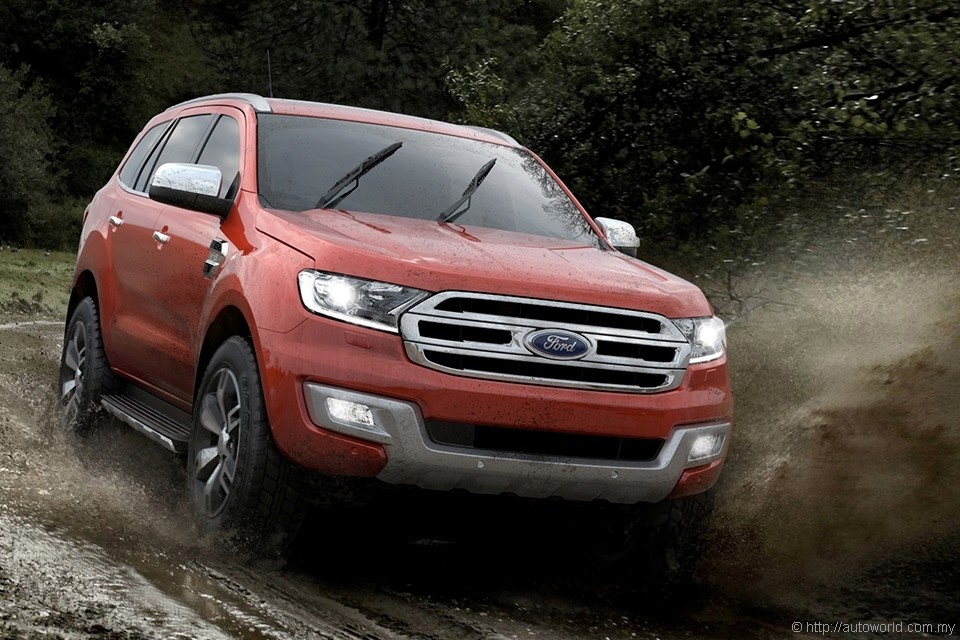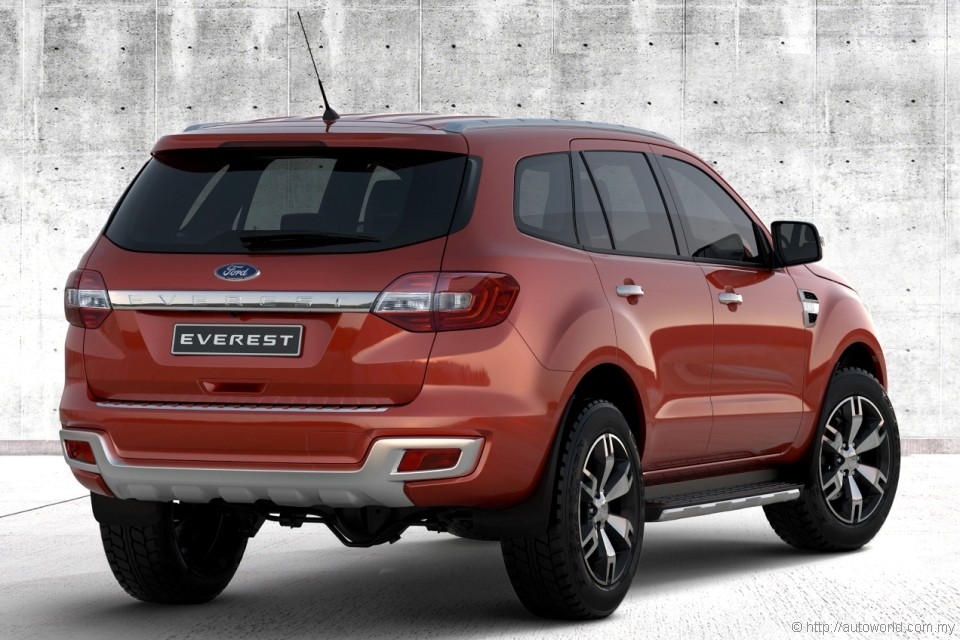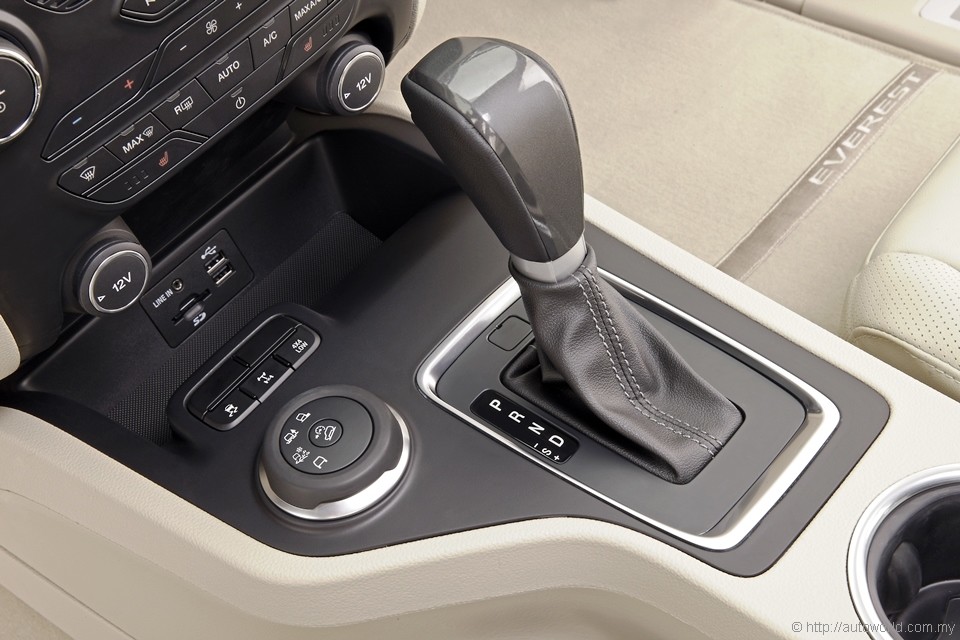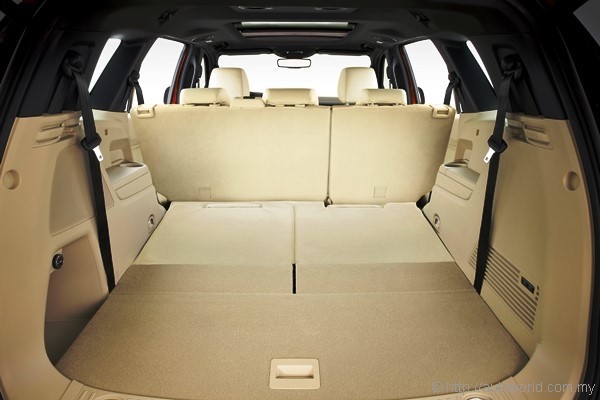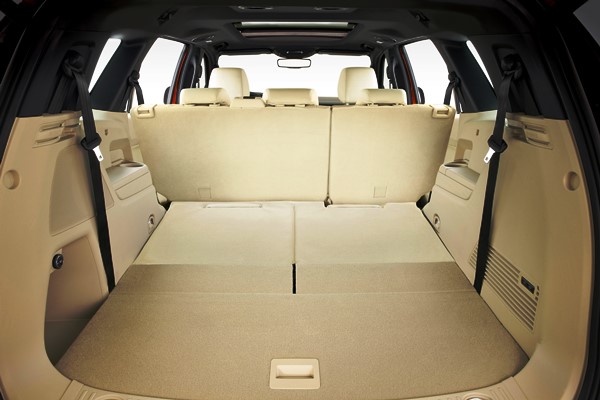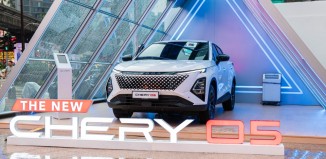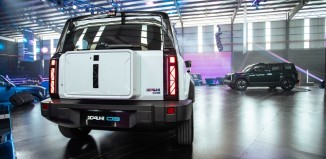All-new Ford Everest makes debut
An all-new version of the Ford Everest, a large SUV traditionally based on the Ranger pick-up’s ladder frame underpinnings, made its world debut in Beijing recently, and it is being readied for introduction into nine markets across the Asia Pacific region in 2015 including Malaysia.
Much like the Ranger which it is based upon, the Everest’s development was spearheaded by Ford’s Asia Pacific team based in Australia and will be manufactured at the AutoAlliance Thailand in Rayong alongside the Ranger. The vehicle will also be rolling out from Ford’s joint venture plant with Jiangling Motors Corp (JMC) in Nanchang, China.
Available in both rear- and all-wheel drive configurations, the Everest will be offered with a choice of three longitudinally-mounted engines, each with the further choice of six-speed manual and automatic transmissions. Joining the familiar 2.2-litre four-cylinder and 3.2-litre five-cylinder turbodiesels from the Ranger is a new 2.0-litre four-cylinder EcoBoost petrol engine with twin-scroll turbocharging. Outputs of the engine have yet to be disclosed, but Ford anticipates best-in-class fuel economy and carbon dioxide emissions. The 3.2-litre TDCI engine, which produces 197hp and 470Nm in the Ranger, features and updated exhaust gas recirculation system for improved efficiency.
Ford claims to have done extensive work on the new Everest’s underpinning in a bid to preserve its predecessor’s renowned toughness as much as possible whilst improving its on-road dynamics in the process. Coil springs are now provided front and rear, with a Watt’s linkage added to hold the live rear axle for better stability and comfort. The Everest sits 225mm off the ground and has a rated wading depth of 800mm.
All-paw versions come with an intelligent four-wheel drive system that is notably more advanced than the driveline found in the Ranger. Its active transfer case incorporates Torque on Demand and Terrain Management System, the latter offering drivers with four pre-set driving modes – Normal, Snow/Gravel/Grass, Sand, and Rock – that optimizes throttle response, transmission, 4WD torque distribution, and traction control for the terrain. Low range gearing is also available in the transfer case.
Despite its rugged underpinnings, the seven-seater Everest also incorporate a number of design touches and features native to SUVs of more premium dispositions. The robust-looking front end lights with LED daytime running lights and its modern-looking interior incorporates useful conveniences such as a powered liftgate, over 30 storage compartments, multiple power outlets, and Active Noise Cancellation technology.
Electronic driving aids in the Everest are on par with Ford’s best passenger cars. In addition to the customary Electronic Stability Control, drivers can also count on the assistance of Curve Control, Lane Departure Warning, active lane-keeping assist, blind spot warning, Adaptive Cruise Control, Roll Stability Control, Forward Alert with Collision Mitigation, and Active Park Assist.
Pictures: Official Ford release.




